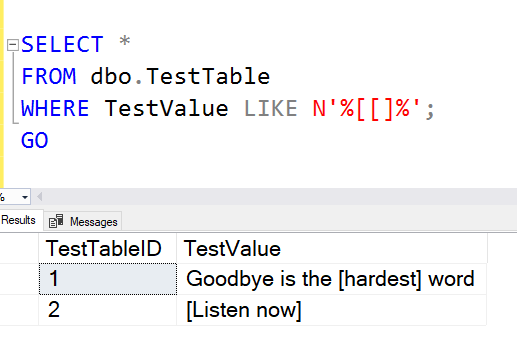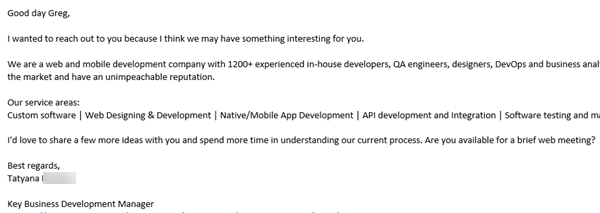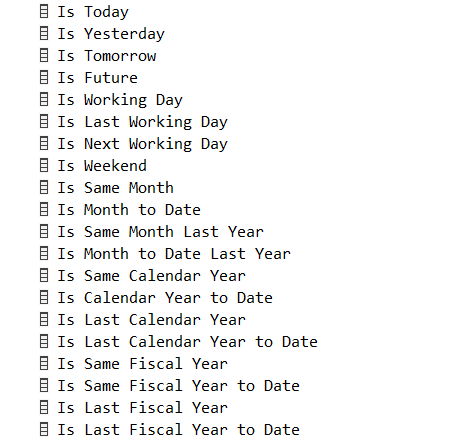
Opinion: Don't just tell me I left the basket empty, ask why
I do quite a bit of online shopping. One thing that many sites have implemented, is an attempt to recapture your attention when you’ve added items to a shopping cart, and then abandoned the cart.
This is seen as a feature in many implementations of carts for online stores.
Manipulate them?
Given it’s so common now, I’ve also found that many can be manipulated. For example, one clothing store that I like, will send me a reminder about my abandoned cart one day later. Often at that point, they’ll make an additional offer, like free shipping.
2020-04-07











